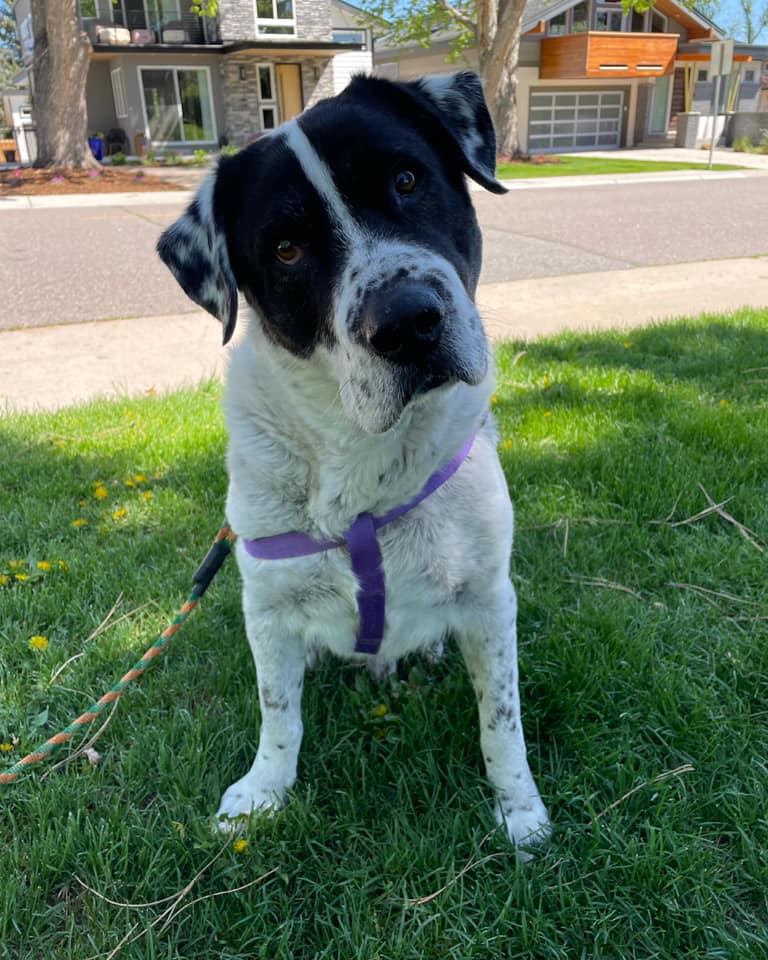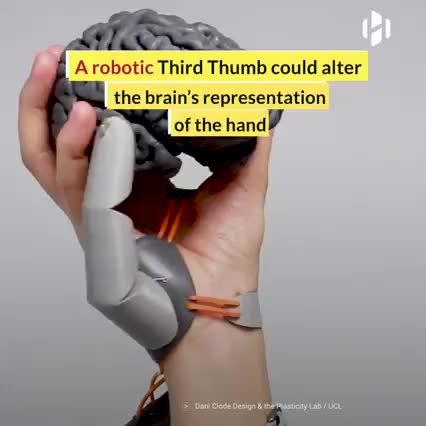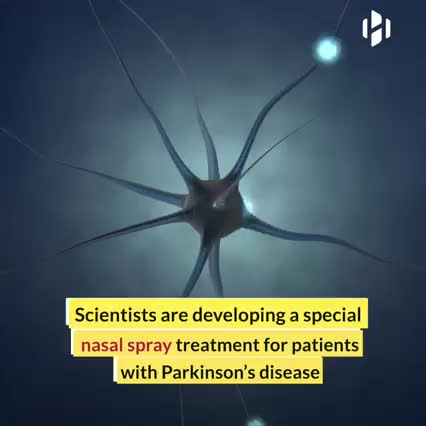This April, the Dog Aging Project and Colorado State University began a $23 million dollar undertaking studying aging in dogs.
They are looking for more canine volunteers so if this is something that interests you head on over to their website to nominate your furry friends!… See More.









